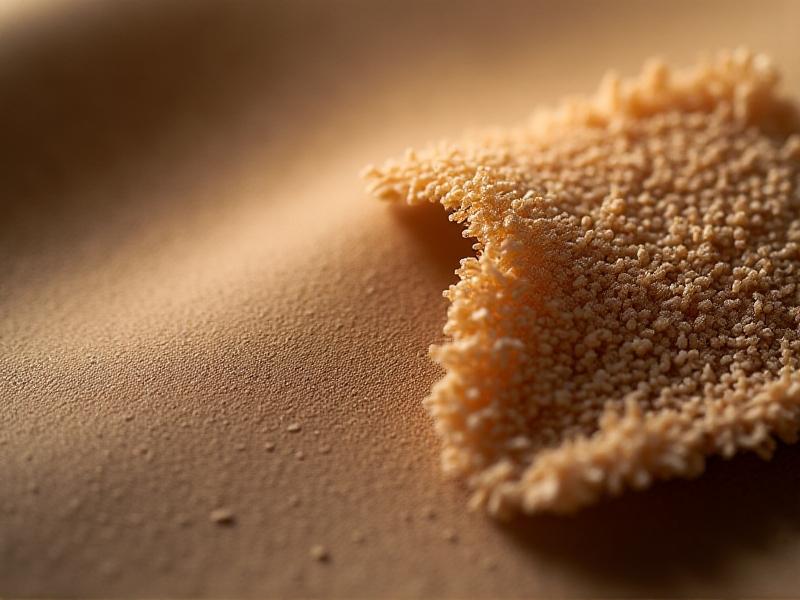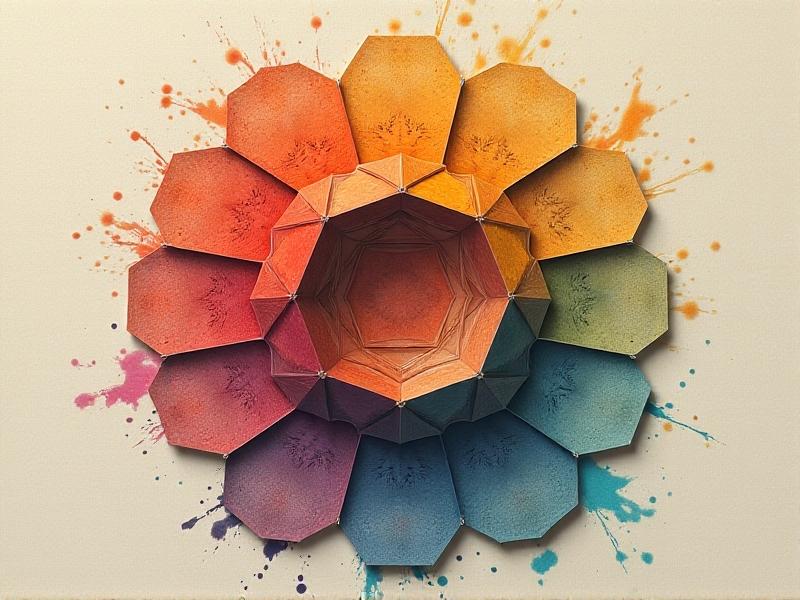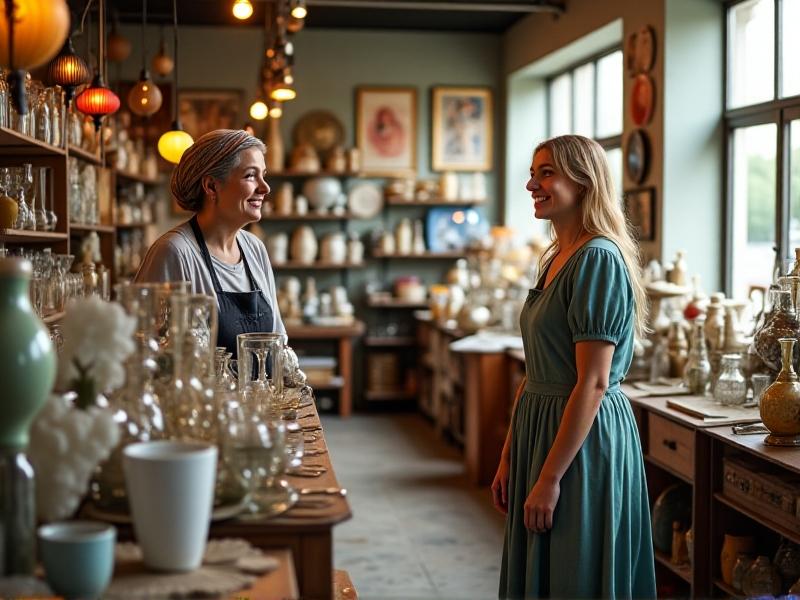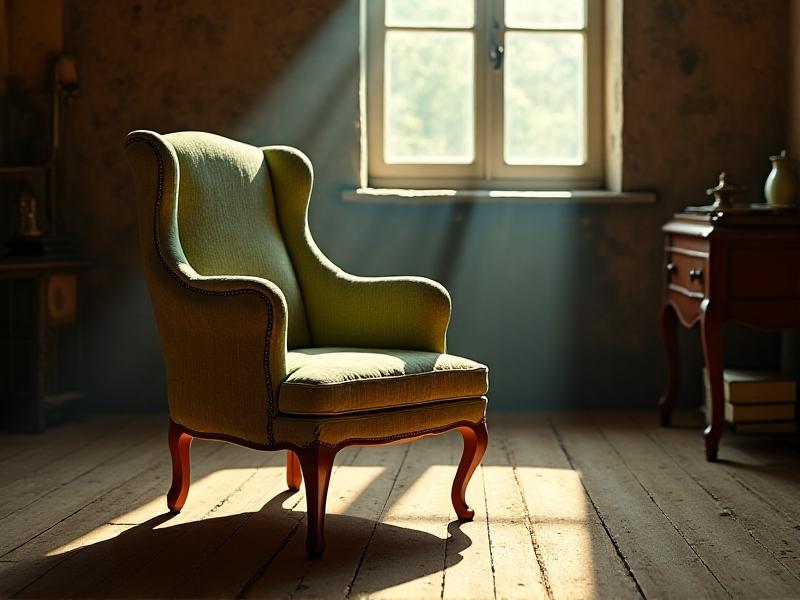Clay Paint Revolution: Natural Texture for Modern Aesthetics
The Resurgence of Natural Materials in Design
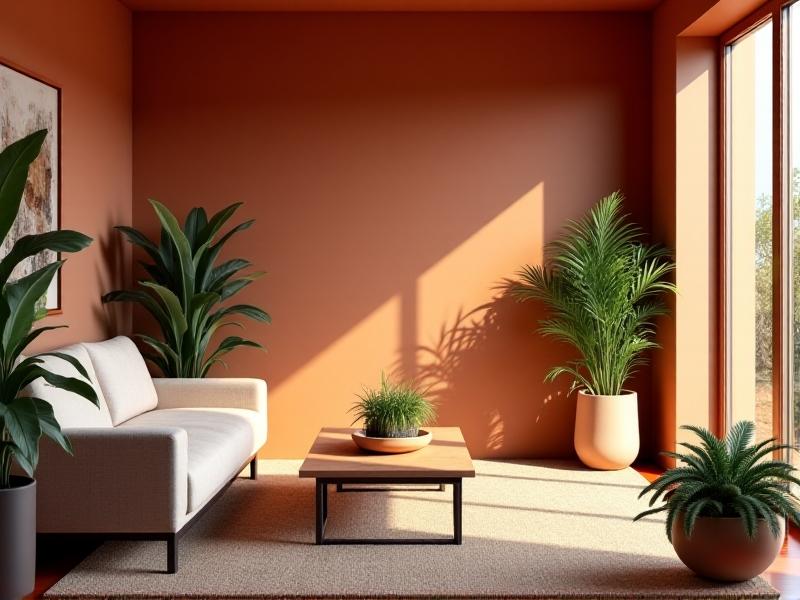
In an era dominated by synthetic finishes and mass-produced decor, a quiet revolution is unfolding. Architects, designers, and homeowners are rediscovering the timeless allure of natural materials. Clay paint—a blend of earth pigments, mineral aggregates, and plant-based binders—has emerged as a symbol of this shift. Unlike conventional paints that prioritize uniformity, clay celebrates imperfections, offering tactile surfaces that connect occupants to the raw beauty of nature. This revival isn’t mere nostalgia; it’s a conscious response to the sterility of industrialized design and a growing demand for authenticity in living spaces.
What Is Clay Paint? Decoding the Ancient-Modern Hybrid
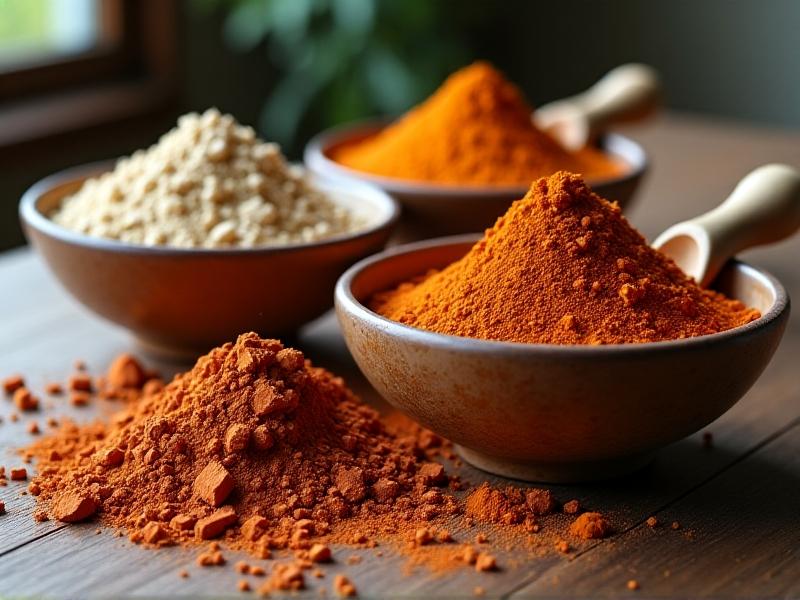
Clay paint is neither a synthetic emulsion nor a industrial chemical cocktail. At its core, it contains three primary elements: clay (often kaolin or bentonite), natural fillers like marble dust or chalk, and plant-derived binders such as cellulose. These ingredients are mixed with water to create a breathable, odorless coating that interacts dynamically with humidity. Unlike plastic-based paints that trap moisture, clay walls absorb and release water vapor, regulating indoor climates. Modern formulations now incorporate natural preservatives like citrus extracts and mineral pigments ranging from muted umbers to bold oxides, proving ecological doesn’t mean limited.
The Textural Language of Modern Interiors
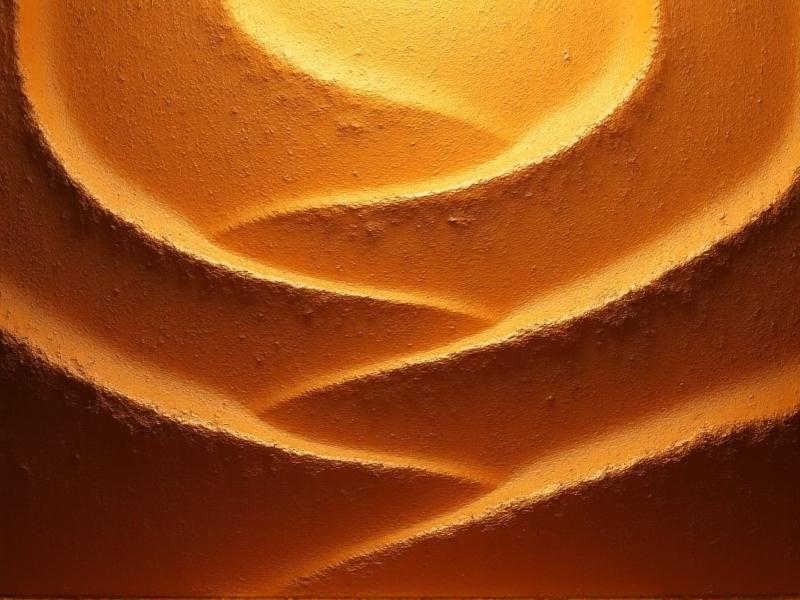
Texture has become the new color in interior design. Clay paint’s inherent variability—achieved through application techniques like troweling, sponging, or layering—introduces depth that flat finishes can’t match. Designers leverage these organic irregularities to craft spaces that feel alive. A clay-coated wall shifts with the sun’s trajectory, casting ever-changing shadows that animate rooms. This tactile quality resonates with biophilic design principles, which emphasize human-nature connections. From matte, suede-like finishes in meditation rooms to coarse, rustic strokes in urban lofts, clay provides a versatile canvas for emotional storytelling through surfaces.
Eco-Advantages: More Than a Pretty Surface

While aesthetics drive initial interest, clay paint’s environmental credentials cement its relevance. Its production requires minimal energy compared to acrylics, which rely on fossil fuels. At installation, it emits no volatile organic compounds (VOCs), safeguarding indoor air quality. End-of-life disposal is guilt-free: unlike petroleum-based paints that leach microplastics, spent clay coatings can be composted or safely returned to the earth. Manufacturers like Argile and Bauwerk now offer Cradle-to-Cradle certified products, while innovations like rice husk additives enhance durability without synthetic stabilizers. For eco-conscious renovators, clay is a rare intersection of ethics and beauty.
Mastering Application: From DIY to Professional Artistry
Applying clay paint is an artisanal process demanding patience. Surfaces must be clean, stable, and free of existing synthetic layers that could hinder adhesion. Many practitioners begin with a mineral primer to enhance bond strength. The clay mixture—thicker than standard paint—is applied in thin layers using metal tools, allowing each coat to dry fully. This incremental buildup creates signature depth. Techniques vary: cross-hatching with brushes introduces rustic charm, while polished trowel finishes achieve sleek, contemporary looks. Unlike rushed roller jobs, clay application invites mindfulness, often becoming a meditative ritual for homeowners reclaiming agency over their environments.
Clay vs. Conventional Paints: Breaking Down the Divide
Durability myths once plagued natural paints, but advancements have narrowed the gap. While clay won’t withstand scrubbing like scrubbable vinyl emulsions, its breathability prevents moisture-related blistering—a common failure in traditional systems. Maintenance differs: instead of harsh detergents, clay walls are spot-cleaned with damp cloths. Cost comparisons reveal nuance. Premium clay paints cost 20-30% more upfront than mid-tier acrylics, but their longevity in humid climates (like bathrooms) and health benefits offset initial investments. Aesthetic value further tilts the balance; few synthetic products can mimic the soulful patina of aging clay walls.
Case Study: A Zero-Waste Café’s Clay Transformation
Berlin’s Café Erde exemplifies clay’s commercial potential. Faced with humidity from constant coffee brewing, owners opted for breathable clay walls to prevent mold—a persistent issue under previous synthetic paints. The result? A 40% reduction in condensation complaints and an ambiance that patrons describe as ‘calming’ and ‘authentic.’ The project used locally sourced clay blended with recycled marble dust from nearby quarries, achieving a 95% regional material ratio. Post-renovation, the café became a neighborhood landmark, proving sustainable design isn’t just ethical but economically savvy.
Horizons: Where Clay and Technology Converge
The next frontier blends ancient material wisdom with cutting-edge tech. Researchers are experimenting with clay-mycelium composites that self-heal minor cracks. Digital tools enter the mix: augmented reality apps now let users visualize custom textures on their walls before committing. Startups like Terracode are developing conductive clay paints that integrate with home automation systems, enabling interactive surfaces. Meanwhile, modular pre-coated clay panels address installation speed barriers, making the material viable for large-scale projects. As these innovations mature, clay transitions from niche artisan choice to a cornerstone of holistic, future-ready design.


